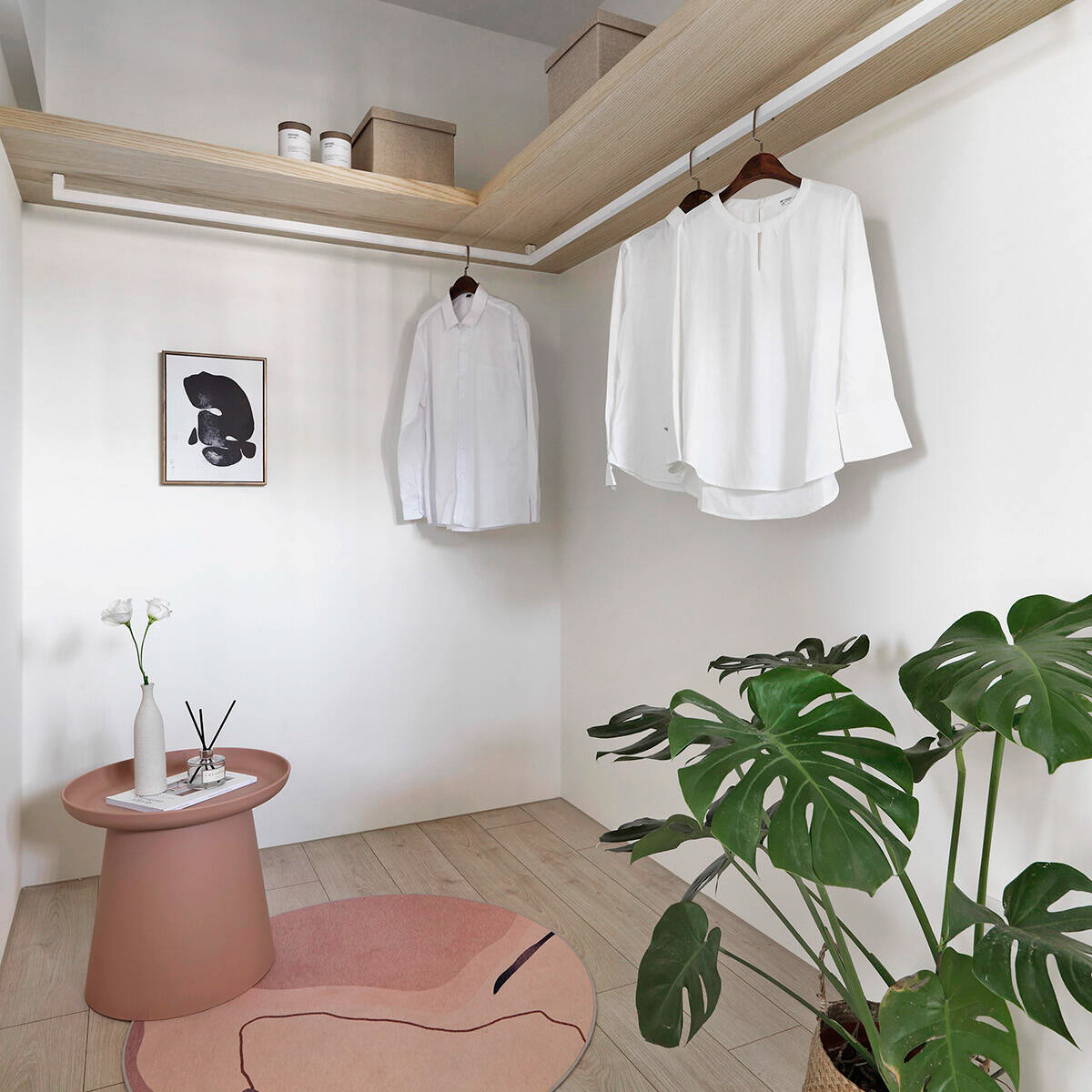Introduction
When it comes to interior design, Scandinavian style has become increasingly popular over the years. This design style originated in the Nordic countries of Denmark, Finland, Iceland, Norway, and Sweden in the early 20th century. It’s characterized by simplicity, functionality, minimalism, and comfort. Scandinavian design uses natural materials, neutral colors, and lots of light to create a warm and inviting atmosphere. In this article, we’ll take a closer look at what defines Scandinavian design and how interior designers are incorporating this popular style into their work.
The Elements of Scandinavian Design
Scandinavian design is known for being both beautiful and functional. It’s all about simplicity and minimalism while still maintaining a warm and cozy feel. To achieve this, interior designers use a mix of design elements such as:
Neutral Colors
Scandinavian design uses a neutral color palette to create a calming and tranquil environment. The most commonly used colors are white, grey, and beige. These colors work well together to create a clean and sophisticated look. Interior designers also use pops of color, such as blue or green, to add interest and contrast.
Natural Materials
Natural materials such as wood, stone, and leather are essential components of Scandinavian design. They add warmth and texture to a space while still maintaining a minimalist aesthetic. These materials are often left in their natural state, which adds to the overall simplicity and authenticity of the design.
Artificial Lighting
Light is an essential element of Scandinavian design. To achieve a bright and airy feel, designers use artificial lighting as well as natural light. Pendant lights, floor lamps, and table lamps are all common fixtures in Scandinavian design. They are often designed to be functional while still adding to the overall aesthetic of the space.
How Interior Designers Incorporate Scandinavian Design
Scandinavian design is versatile and can be incorporated into any style of home. Many interior designers use elements of Scandinavian design to create a modern or minimalistic feel in a space. Here are a few ways interior designers incorporate Scandinavian design into their projects:
Simple Furniture
Scandinavian design is known for its simple and functional furniture. Interior designers often use furniture with clean lines and minimalistic shapes that complement the overall design aesthetic. This furniture is designed to be comfortable and practical while still creating a beautiful and inviting space.
Natural Textures
Scandinavian design incorporates natural textures such as wool, cotton, and linen. These materials add warmth and texture to a space while still maintaining a minimalist feel. Interior designers use these materials in cushions, throws, and upholstery to add interest and contrast.
Minimalistic Accessories
Interior designers use minimalistic accessories such as vases, candle holders, and picture frames to add interest and detail to a space. These accessories are often made of natural materials like wood or metal and are designed to complement the overall design aesthetic.

